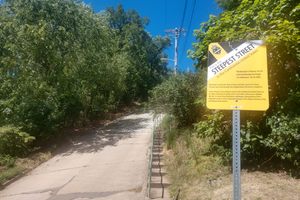About
The first shots of the Whiskey Rebellion were fired (and not drank) at the Oliver Miller Homestead south of Pittsburgh, and today the homestead keeps alive the spirit of early American life.
In western Pennsylvania in the late 1700s, many farmers would use their surplus grain to make whiskey, and the spirit would often be used as currency. An estimated one in six farmers owned a still. Many of these farmers were also veterans of the Revolutionary War, so when a federal tax was announced in 1794 on whiskey, seemingly violating the principles that they fought for, the Whiskey Rebellion began to take shape.
President George Washington appointed General John Neville to begin collecting taxes and issuing writs for unregistered stills, which meant a fine of $250, an exorbitant price at the time. Distillers could appeal the writ in court, but the federal court was in Philadelphia, an arduous journey twenty days away by wagon from the Pittsburgh area.
When a writ was going to be served to the Miller family, Oliver's oldest son William said that he was moving to Kentucky and ordered the collectors off of the property. Farmers took several shots at the retreating officials, and soon after General Neville's home was burned to the ground. Neville had to retreat to his family's plantation, which still stands today as the Woodville Plantation in Bridgeville. Washington would then personally lead a force of over 12,000 soldiers to western Pennsylvania, quelling the rebellion.
The original log house on the homestead was replaced with what is now known at the Old Stone House in 1830, and other log homes have since been reconstructed. Now part of the large South Park south of Pittsburgh, the Oliver Miller Homestead offers events detailing early American life throughout the year and guided tours of the mansion and log homes.
Related Tags
Published
August 9, 2016























